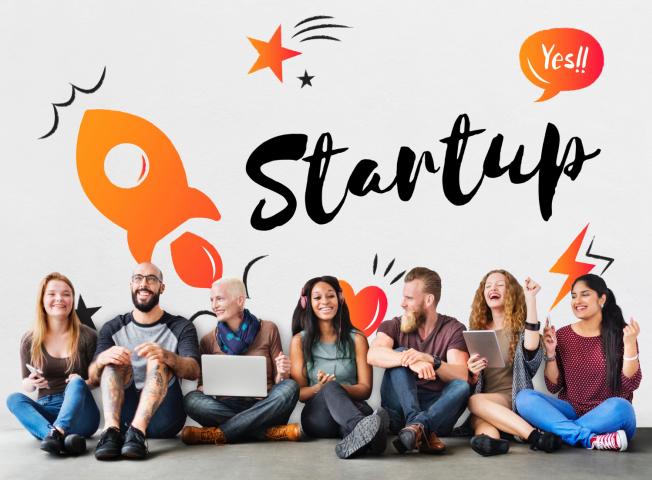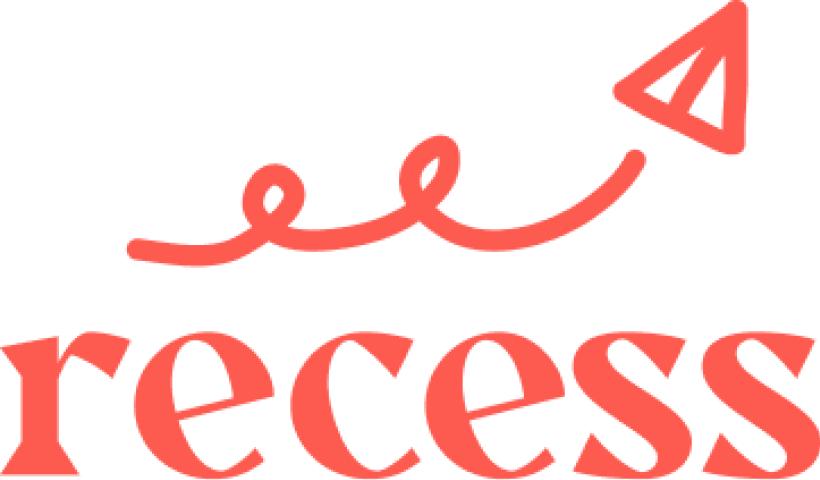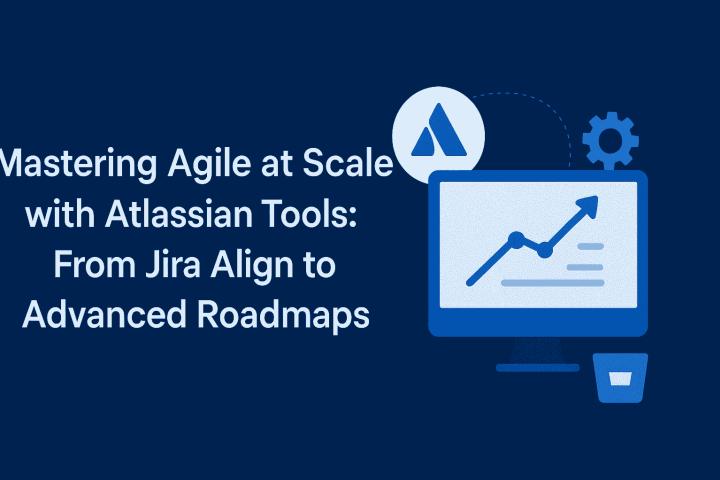For startups, selecting the right development approach can significantly impact the journey from an idea to a successful product. Two popular methodologies often discussed in the startup ecosystem are the Lean Startup methodology and Agile development. While they share some similarities, their focus and implementation can differ drastically. This blog breaks down the core differences, helping you decide which approach works best for your startup’s goals, especially if you're planning SaaS MVP development.
What Is the Lean Startup Methodology?
The Lean Startup methodology emphasizes validating ideas quickly with minimal resources. The approach encourages entrepreneurs to develop a Minimum Viable Product (MVP) and gather real-world feedback to refine their product. It is a cyclic process, often described as Build-Measure-Learn, aimed at reducing the risk of failure by testing hypotheses early.
Key principles of the Lean Startup methodology include:
Rapid Experimentation: Test ideas quickly and cheaply.
Validated Learning: Make informed decisions based on data.
Customer Feedback: Prioritize user input over assumptions.
If you're looking to build a SaaS MVP app, the Lean Startup methodology helps you validate the product-market fit early, ensuring your resources are spent wisely.
What Is Agile Development?
Agile development is a flexible and iterative approach to software development. Instead of working towards a final product in one long stretch, Agile breaks the process into smaller cycles called sprints. Each sprint delivers a functional increment of the product, which is then tested and refined based on feedback.
Key principles of Agile development include:
Collaboration: Cross-functional teams working together.
Adaptability: Ability to pivot based on user needs.
Continuous Improvement: Iterative progress toward a better product.
Lean Startup vs. Agile: Key Differences
While both methodologies prioritize flexibility and user feedback, they diverge in their approach and focus. Here’s a closer look:
Aspect | Lean Startup | Agile |
Core Goal | Validate product-market fit quickly | Deliver functional software in small increments |
Process | Build-Measure-Learn cycle | Sprint-based iterative development |
Focus | Customer discovery and validation | Product functionality and user satisfaction |
Output | Insights and validated learning | Working product increments |
Team Structure | Entrepreneur-driven, often smaller teams | Collaborative, cross-functional teams |
When to Choose Lean Startup Methodology
The Lean Startup methodology is ideal if:
You’re in the idea validation phase and need to ensure your concept resonates with users.
Resources are limited, and you need to minimize waste.
Your product requires substantial user input to evolve.
For example, in SaaS MVP development, Lean Startup helps you focus on solving core user problems without overcommitting resources.
When to Choose Agile Development
Agile development works best if:
You have a clear product vision but need to adapt to user needs as development progresses.
Your team includes developers, designers, and testers who can collaborate effectively.
You want to deliver incremental updates and improve based on real-time feedback.
When you build a SaaS MVP app with Agile, the iterative cycles ensure a robust foundation while leaving room for refinement.
Many startups find success by integrating elements of both methodologies. For instance, you can use Lean Startup principles to validate your idea and Agile processes to develop and refine the product. This hybrid approach ensures you’re building the right product and building it right.
Final Thoughts
Choosing between Lean Startup methodology and Agile development depends on your startup’s current phase, goals, and team capabilities. Both approaches offer unique advantages that can guide your path to creating a successful product. For startups in the SaaS space, combining these methodologies can be particularly powerful.

















